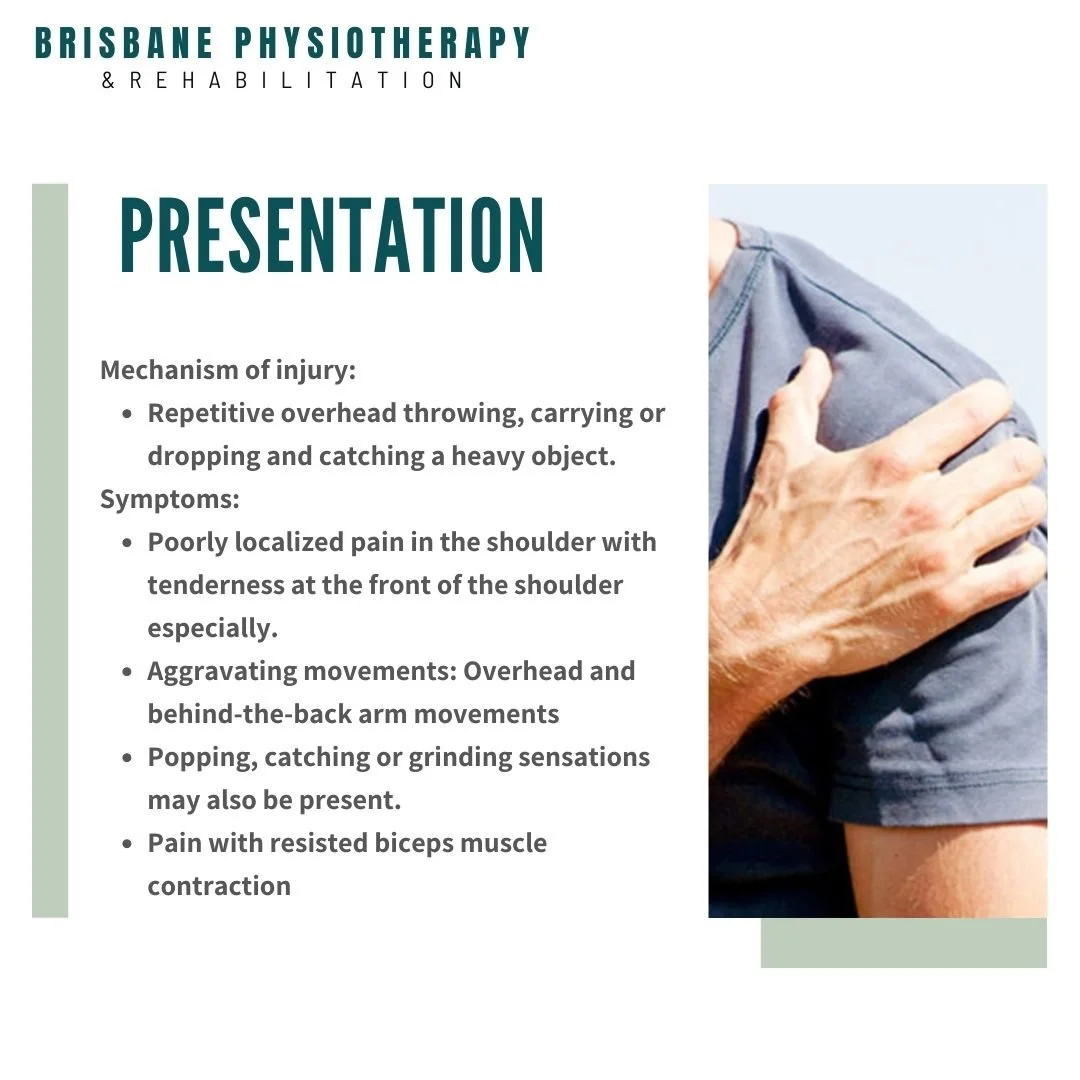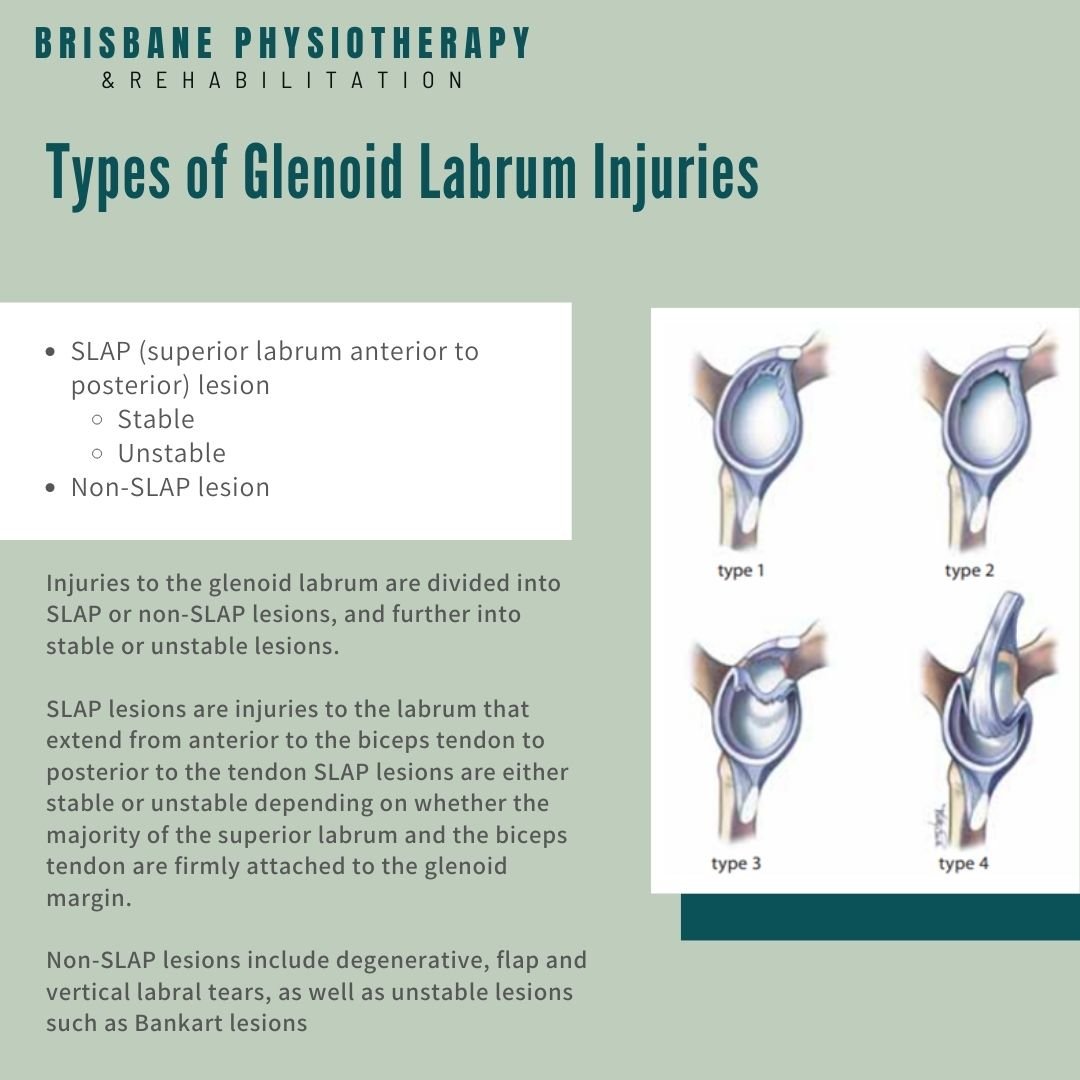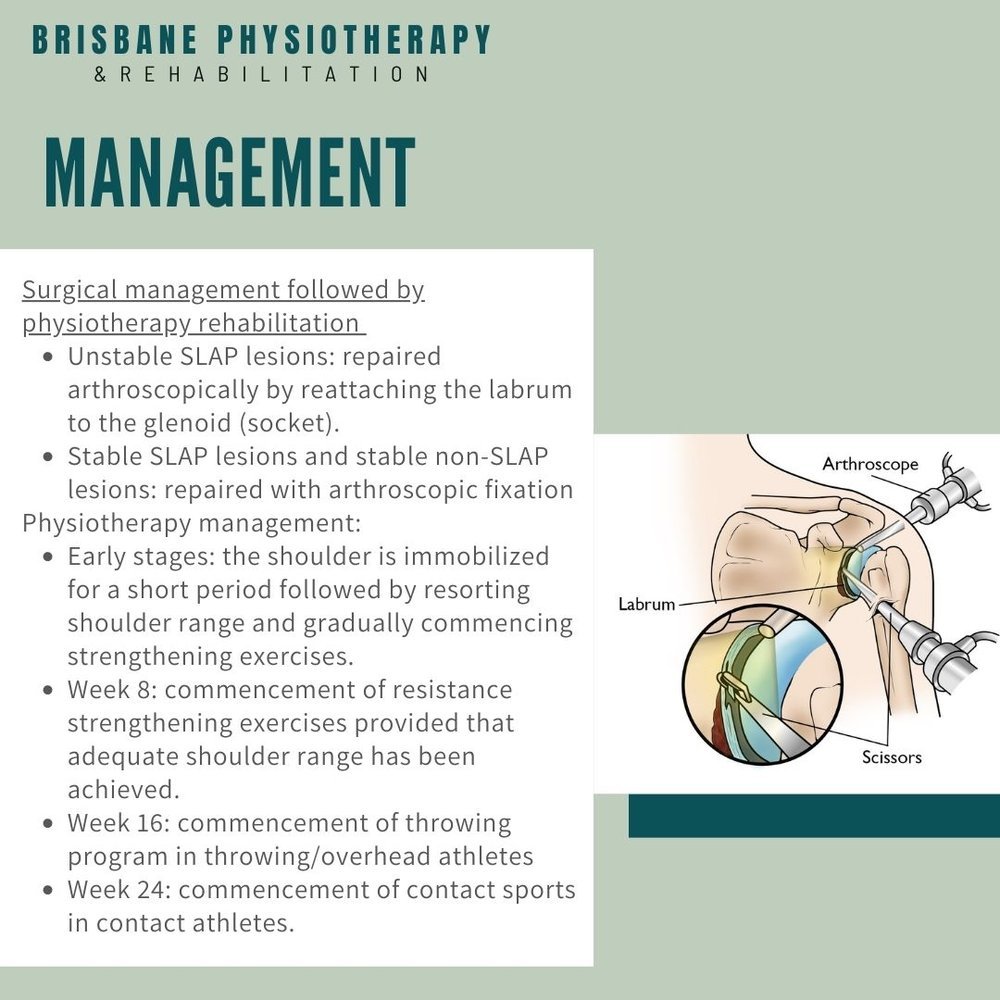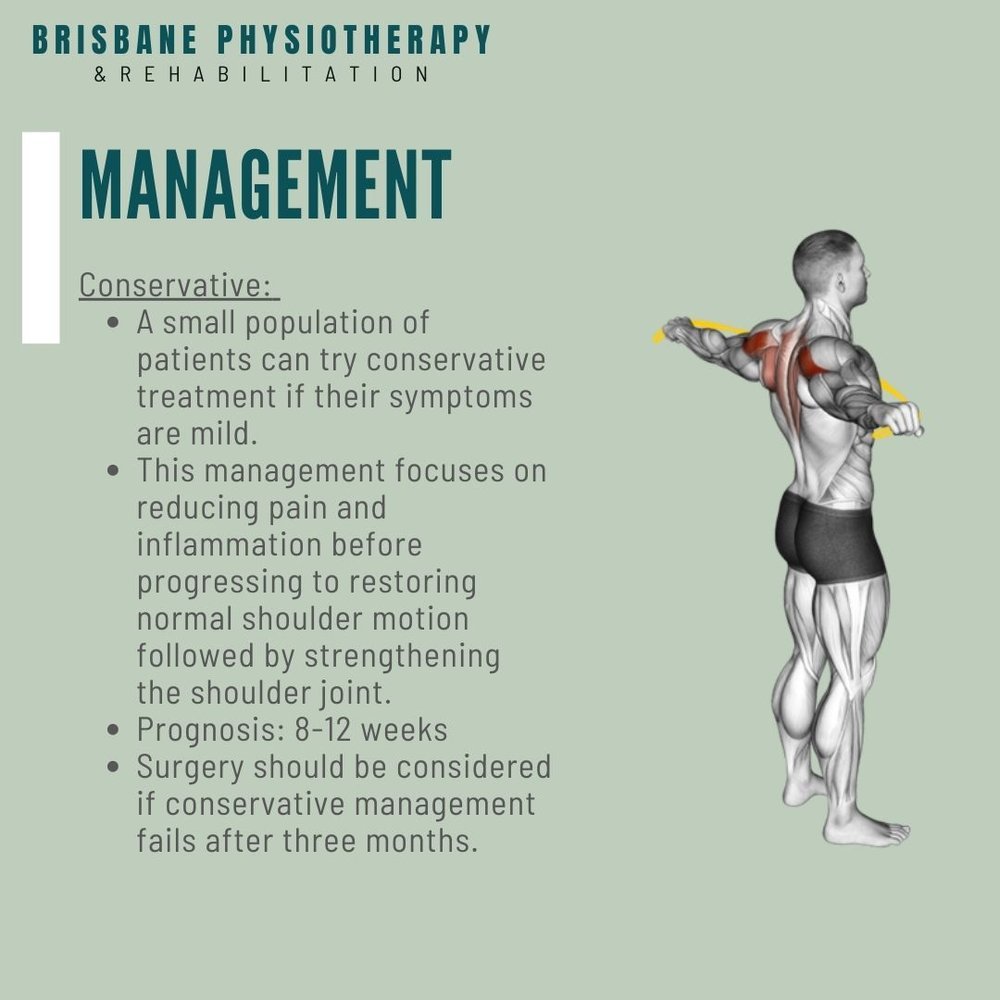Shoulder Glenoid Labrum Injuries
What is a Shoulder Glenoid Labrum Injury?
Description of Shoulder Glenoid Labrum Injuries
The shoulder is a ball and socket joint.
The glenoid labrum is a ring of fibrous tissue attached to the rim of the glenoid (socket).
It expands the size and depth of the sockets cavity, thus increasing the stability of the shoulder joint
The superior aspect of the glenoid labrum serves as the attachment point for the tendon of the long head of the biceps muscle.
Types of Glenoid Labrum Injuries
SLAP (superior labrum anterior to posterior) lesion
Stable
Unstable
Non-SLAP lesion
Injuries to the glenoid labrum are divided into superior labrum anterior to posterior (SLAP) or non-SLAP lesions, and further into stable or unstable lesions.
SLAP lesions are injuries to the labrum that extend from anterior to the biceps tendon to posterior to the tendon SLAP lesions are either stable or unstable depending on whether the majority of the superior labrum and the biceps tendon are firmly attached to the glenoid (socket) margin.
Non-SLAP lesions include degenerative, flap and vertical labral tears, as well as unstable lesions such as Bankart lesions
Presentation of Glenoid Labrum Injuries
Mechanism of injury:
Repetitive overhead throwing, carrying or dropping and catching a heavy object.
Symptoms:
Poorly localized pain in the shoulder with tenderness on at the front of the shoulder especially.
Aggravating movements: Overhead and behind-the-back arm movements
Popping, catching or grinding sensations may also be present.
Pain with resisted biceps muscle contraction
Radiography: Plain radiography is usually unremarkable in this condition. MR arthrography, a further refinement of MRI by injection of contrast agent into the shoulder, yields greater detail of intra-articular shoulder structures than does conventional MRI.
Shoulder Glenoid Labrum Injury Management
Surgical management followed by physiotherapy rehabilitation.
Unstable SLAP lesions: repaired arthroscopically by reattaching the labrum to the glenoid (socket).
Stable SLAP lesions and stable non-SLAP lesions: repaired with arthroscopic fixation
Shoulder Glenoid Labrum Injury Physio
Early stages: the shoulder is immobilized for a short period followed by resorting shoulder range and gradually commencing strengthening exercises.
Week 8: commencement of resistance strengthening exercises provided that adequate shoulder range has been achieved.
Week 16: commencement of throwing program in throwing/overhead athletes
Week 24: commencement of contact sports in contact athletes.
Shoulder Glenoid Labrum Injury Conservative Treatment
A small population of patients can try conservative treatment if their symptoms are mild.
This management focuses on reducing pain and inflammation before progressing to restoring normal shoulder motion followed by strengthening the shoulder joint.
Prognosis: 8-12 weeks
Surgery should be considered if conservative management fails after three months.





